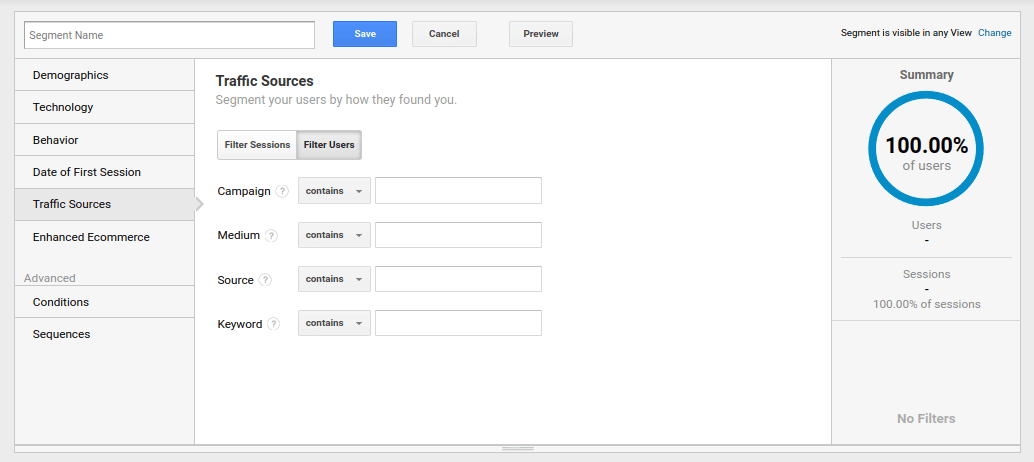A Complete Guide to Remarketing In Google Analytics
Optimize Your ROI With Remarketing in Google Analytics
By using the power of individual data and customizing ads to certain target market sectors, businesses can significantly magnify their conversion rates. The trip to optimizing ROI with remarketing is a nuanced course paved with understandings and possibilities that can improve the trajectory of your advertising endeavors.
Understanding Remarketing in Google Analytics
Recognizing remarketing in Google Analytics is important for optimizing your electronic marketing method. Remarketing permits you to target individuals that have actually formerly visited your web site or interacted with your app, providing them with customized ads as they surf various other sites or use various other apps within the Google Present Network. This approach helps keep your brand top of mind and urges individuals to go back to your website, ultimately boosting the chance of conversion.
By making use of Google Analytics, you can track the performance of your remarketing campaigns, getting valuable insights into customer behavior, engagement, and conversions. This data allows you to improve your targeting, bidding, and messaging strategies to boost the total effectiveness of your campaigns.
Additionally, understanding the different types of remarketing listings offered in Google Analytics, such as typical, vibrant, and comparable target markets, enables you to develop tailored and extremely fractional campaigns tailored to details customer segments. This degree of granularity can substantially boost the importance and influence of your remarketing efforts, inevitably maximizing your roi.
Setting Up Remarketing Listings
To effectively implement remarketing projects in Google Analytics, the first action entails configuring and creating remarketing checklists targeting specific user sections based on their interactions with your site or application. By setting up remarketing lists, you can tailor your marketing initiatives to reach customers who have currently shown interest in your items or services.
To begin, navigate to the Admin area of your Google Analytics account and pick the Home where you wish to create the remarketing list. After that, under the Home column, click 'Audience Definitions' and choose 'Target markets.' Next off, click the red 'New Target market' button and choose 'Create New' to define the criteria for your remarketing listing.

Crafting Effective Remarketing Ads

When crafting your advertisements, concentrate on producing attention-grabbing headlines and engaging visuals that stick out to possible consumers. Incorporate solid calls-to-action that encourage customers to revisit your website and complete a preferred action. Use dynamic remarketing to show personalized ads featuring services or products that users have actually previously checked out on your website.
Additionally, make sure that your advertisements are mobile-friendly since a significant part of net traffic originates from mobile phones. Test different advertisement variants to recognize which messages and layouts drive the very best outcomes. By continuously refining and enhancing your remarketing ads you could try here based upon efficiency data, you can optimize their effectiveness and enhance your roi.
Studying Remarketing Performance

Through Google Analytics, online marketers can track the efficiency of their remarketing campaigns in real-time, allowing them to determine fads, patterns, and locations for improvement quickly. By analyzing the information, marketing experts can figure out which ads are doing well, which audience sectors are reacting favorably, and which networks are driving one of the most conversions. This degree of granularity makes it possible for marketers to make data-driven choices to maximize their remarketing advocate far better outcomes.
Maximizing ROI With Remarketing
Assessing remarketing data in Google Analytics makes it possible for online marketers to pinpoint opportunities for enhancing roi (ROI) through tactical modifications - What Is “Remarketing” In Google Analytics?. To optimize ROI with remarketing, it is critical to recognize the behavior of your target market. By assessing customer communications, such as the web pages they saw, the products they saw, or the activities they took on your website, you can customize your remarketing campaigns much more successfully
Segmenting your audience based see here upon their actions enables you to develop personalized and targeted ads that are much more most likely to resonate with them. By showing pertinent advertisements to particular sectors of your target market, you can increase the possibilities of conversion and ultimately boost your ROI.
Moreover, evaluating different ad creatives, messaging, and deals can assist identify what resonates ideal with your target market. A/B testing allows you to trying out different aspects of your advertisements to establish what drives the highest possible involvement and conversion rates.
Final Thought
In final thought, optimizing ROI with remarketing in Google Analytics requires a tactical approach to analyzing customer behavior, segmenting target markets, creating customized advertisements, and optimizing project efficiency. By leveraging data-driven insights and checking different methods, organizations can enhance their remarketing initiatives to drive greater involvement and conversion rates. This systematic method ensures that go to these guys resources are successfully designated towards maximizing rois in remarketing campaigns.
Next, click on the red 'New Target market' button and pick 'Produce New' to specify the parameters for your remarketing checklist.
By constantly refining and maximizing your remarketing ads based on performance information, you can optimize their performance and improve your return on investment.
By diving right into these insights, marketing professionals can get a thorough understanding of just how their remarketing initiatives are resonating with their target audience and driving conversions. To make the most of ROI with remarketing, it is crucial to comprehend the behavior of your target market.In conclusion, taking full advantage of ROI with remarketing in Google Analytics requires a calculated approach to evaluating user behavior, segmenting audiences, developing tailored ads, and maximizing campaign performance.